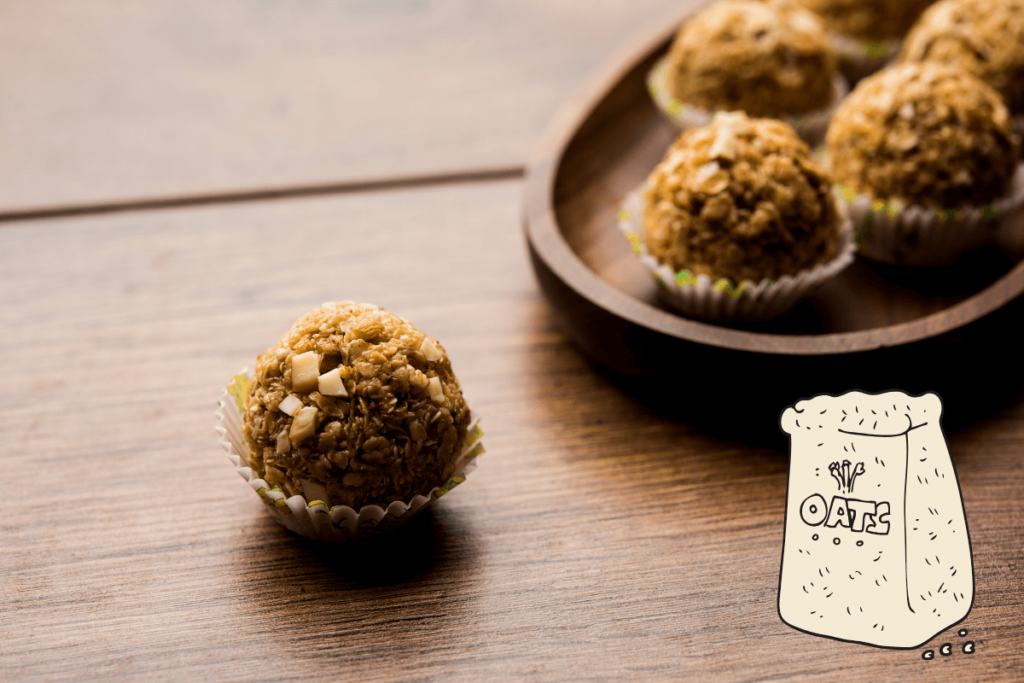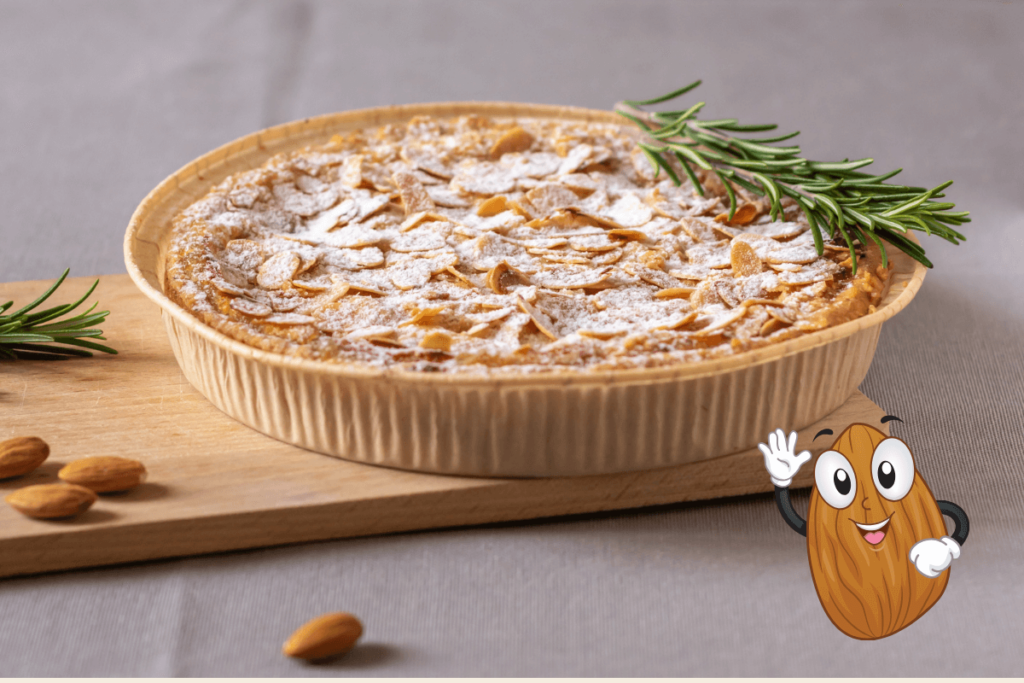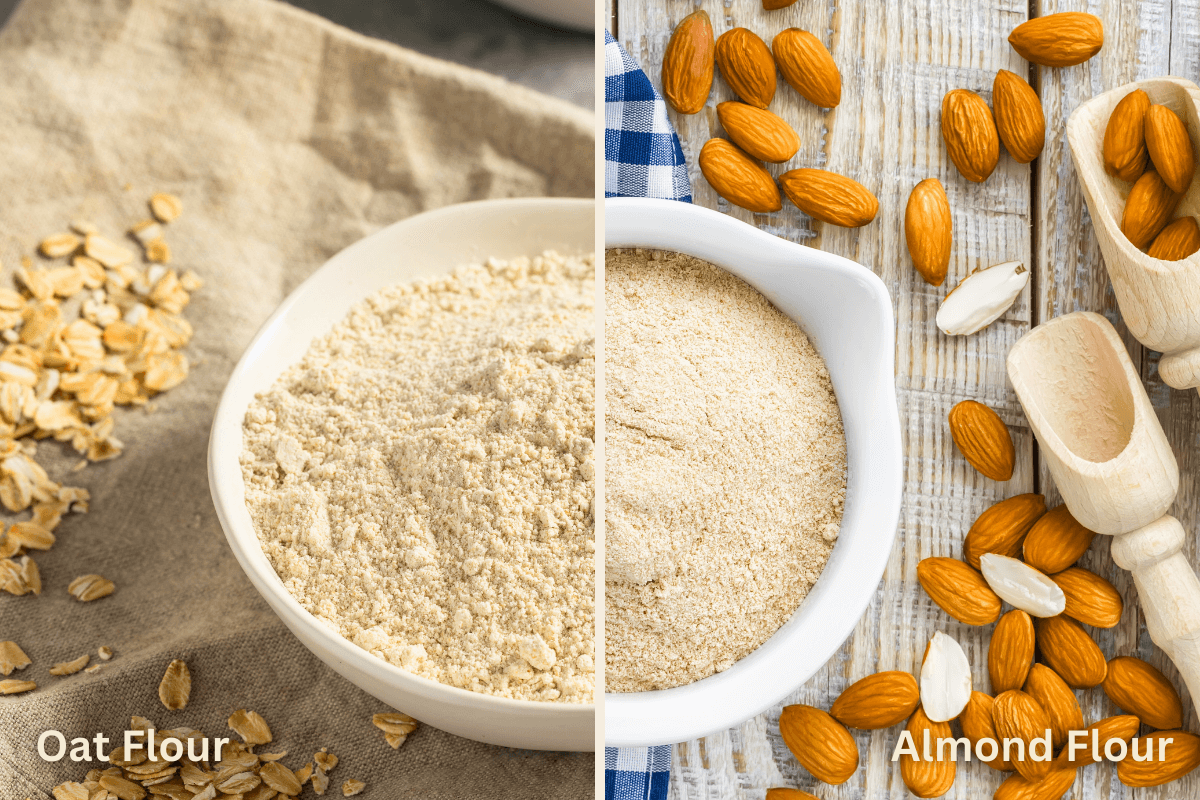Today, we’re diving into the world of oat flour and almond flour — two rockstars of the alternative flour universe.
They’re not just about being wheat substitutes; they bring their unique flair and oodles of health benefits to your table.
So, buckle up! We’re about to embark on a flavorful journey to discover which flour is your kitchen soulmate!
Understanding the Basics
What is Oat Flour?
Oh, the humble oat — it’s not just for breakfast anymore! Oat flour comes from whole oats that have been ground into a dreamy powder. It’s like a comforting hug: mild, slightly sweet, and oh-so-versatile. And let’s not forget its reputation as a heart-healthy warrior!
What is Almond Flour?
Imagine this: gorgeous almonds getting a tan (we mean, blanching!), shedding their skins, and transforming into a fine, luxurious flour.
That’s almond flour for you! It’s your go-to for low-carb, protein-rich recipes, offering a delicate, buttery taste. Perfect for when you’re feeling a little fancy!
Quick Comparison:
- Nutritional Content: Oat flour is your fiber buddy, while almond flour is a protein powerhouse.
- Cost: Almond flour is a bit of a splurge, but oh-so-worth-it!
- Availability: Both are superstars of the grocery aisle, but you can DIY oat flour at home, too!

Oat Flour vs. Almond Flour Nutrition Showdown
Let’s talk health!
Oat flour is a champion for digestive health, thanks to its substantial dietary fiber content, particularly beta-glucan, known for lowering bad cholesterol.
It’s also a friend to your blood sugar, with a lower glycemic index that prevents those pesky sugar spikes.
For a more detailed guide about Oat Flour nutrition, check out this article:
Now, onto its counterpart, almond flour.
It’s a treasure trove of monounsaturated fats (hello, happy heart!), vitamin E, and magnesium.
Did you know just a quarter cup provides about 35% of your recommended daily Vitamin E?
And it’s low in carbs but high in protein, which means you stay full for longer — no more sneaky snack attacks!

Suitability for Different Scenarios
Allergen Considerations
We love inclusivity, and so does oat flour! It’s the uncontested choice for those with nut allergies.
Almond flour, not so much — it’s a no-go for our nut-averse friends.
Cooking and Baking Properties
Here’s the scoop: oat flour is super absorbent (kind of like a culinary sponge), making it a darling for denser, heartier baked goods.
On the flip side, almond flour is like that light and breezy friend, bringing a delicate, moist texture to your baked delights.
Best Uses in the Kitchen
Ready for some kitchen magic?
Oat flour is ideal for pancakes, waffles, and anything that welcomes a bit of heft with open arms.
Now, if you’re looking to create pastries that are the talk of the town (or just your breakfast table), almond flour is your trusty sidekick.
Check out these mesmerizing recipe videos to see oat flour and almond flour work their charm!
Oat Flour:
Almond Flour:
Shelf Life and Storage Tips
Flour power needs care, y’all!
Almond flour likes it cool (who doesn’t?), so pop it into the fridge or freezer.
Oat flour isn’t as fussy — a cool, dry spot in your pantry will do.
Diving into Diets – Which Flour Fits Your Dietary Needs?
| Oat Flour | Almond Flour | |
|---|---|---|
| Vegan: Both flours get a green thumbs up! | Yes, its Vegan! | Yes, its Vegan! |
| Gluten-Free: Almond flour is a natural fit, while oat flour needs a bit of caution — look for the gluten-free label! | Yes – but check the label. Oat flour can be processed on the same machinery as gluten products. | Yes, it’s gluten-free! |
| Nut-Free | Yes, it’s nut free | Nope, it’s all nuts |
| Low-Carb | No | Yes, its low-carb |
| Paleo | No | Yes, it’s grain-free |
Beyond the Bowl – Practical Cooking Tips
Both these flours have personalities of their own, and they sure don’t play by wheat flour rules!
- Substitutions: Going wheat-free? You’ll need 1 cup of oat flour or 1/4 to 1/3 cup of almond flour to replace 1 cup of wheat flour. They’re unique, just like us, so no direct one-for-one swaps here!
- Mixing with Other Flours: Teamwork makes the dream work! Pairing oat or almond flour with others can lead to baking bliss.
- Binding Agents: They’re free spirits with no gluten, so you might need extra eggs or xanthan gum for that perfect bake.
Ready to take the plunge? Dive into these cooking adventures with oat flour and almond flour.
Common Misconceptions and FAQs
Wait, all oat flour isn’t gluten-free?
Nope!
Oats can be sneaky and pick up gluten from other crops. So, keep your eyes peeled for that gluten-free label.
FAQs:
- Can I make these flours at home?
- Absolutely! For oat flour, just blitz rolled oats in your blender until powdery. Almond flour is a bit trickier (and messier!), but you can grind blanched almonds until fine — just don’t turn them into butter!
- What’s the calorie comparison between oat and almond flour?
- Almond flour is more calorie-dense, with around 160 calories per 1/4 cup, compared to oat flour’s roughly 120 calories. But remember, almond flour keeps you feeling full longer, thanks to its protein and good fats.
- Can these flours be used in frying?
- They can, with a little creativity! Almond flour is a star for Keto-friendly fried goodies. Oat flour can be used too but may need a buddy like cornstarch for that perfect crunch.
- How do these flours affect the texture of baked goods?
- Oat flour gives a denser, heartier texture (think robust muffins), while almond flour leads to lighter, moist, and tender bakes.
- Do they require different baking times?
- Sometimes, yes. Almond flour bakes might need more time due to their moisture content. Always keep an eye on your oven and do the good ol’ toothpick test!
Final Thoughts
In the culinary face-off between oat flour and almond flour, it’s a draw!
The champion in your kitchen depends on your personal needs, taste buds, and dietary choices.
So, experiment, explore, and let these flours bring out the joy of cooking in your everyday meals.
Recent Posts
The journey towards healthier eating often leads us down paths less traveled, introducing us to ingredients we might have overlooked. One such ingredient making waves in the health community...

